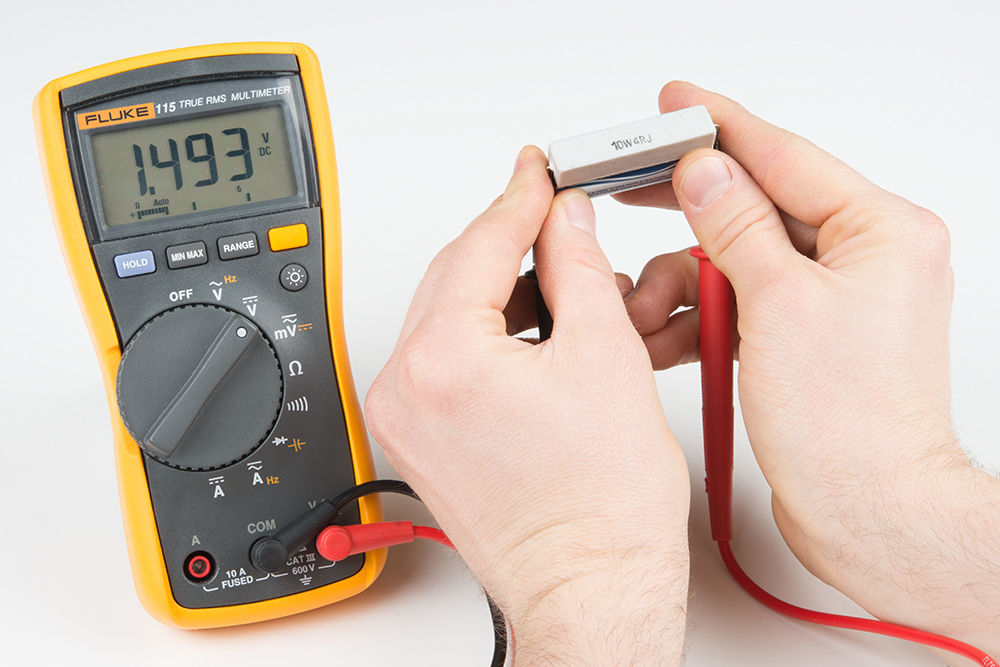The internal resistance of lead-acid batteries has a significant impact on their performance.
- Voltage Drop:
- Increased Voltage Drop: Higher internal resistance leads to a greater voltage drop under load, reducing the voltage available to the load and affecting the performance of devices powered by the battery.
- Power Output: As the internal resistance increases, the power output (P = V^2 / R) decreases, especially under high loads.
- Heat Generation:
- Excessive Heat: Higher internal resistance causes more heat to be generated within the battery during both charging and discharging due to I2RI^2RI2R losses (where I is the current and R is the internal resistance). This can lead to thermal stress and degradation of the battery components.
- Temperature Rise: Increased temperature from excessive heat can further elevate internal resistance, creating a feedback loop that accelerates battery degradation.
- Efficiency:
- Lower Efficiency: Increased internal resistance reduces the overall efficiency of the battery, as more energy is lost as heat during operation.
- Reduced Charge Acceptance: Higher internal resistance can also reduce the battery’s ability to accept charge efficiently, especially at higher charging currents.
- Capacity Utilization:
- Effective Capacity Reduction: Higher internal resistance can cause the battery to reach its voltage cutoff limits sooner, thereby reducing the usable capacity of the battery.
- Shortened Discharge Time: Under load, the battery may discharge more quickly than expected due to the voltage drop and increased heat generation, leading to shorter runtimes.
- Battery Life:
- Accelerated Aging: Increased internal resistance is often a symptom of aging and can also contribute to accelerated aging due to higher temperatures and reduced efficiency.
- Maintenance Requirements: Batteries with higher internal resistance may require more frequent maintenance or replacement to ensure reliable performance.
- Performance Under Load:
- Voltage Sag: Under high load conditions, batteries with high internal resistance will experience significant voltage sag, which can affect the performance of connected equipment.
- Load Handling: Batteries with lower internal resistance can handle higher loads more effectively, providing more stable voltage and performance.
- Cold Cranking Amps (CCA):
- Reduced CCA: For automotive batteries, increased internal resistance can reduce the cold cranking amps, making it harder to start an engine in cold conditions.
- Energy Loss:
- Increased Energy Loss: Higher internal resistance leads to greater energy losses during charging and discharging cycles, reducing the overall energy efficiency of the battery.
Managing internal resistance through proper maintenance, optimal charging practices, and avoiding conditions that accelerate battery degradation can help improve the performance and lifespan of lead-acid batteries.


